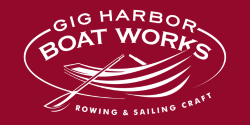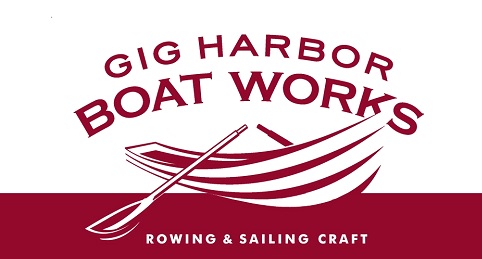Congratulations to team Pale Valley Rowers, who made an impressive finish in the 2024 Seventy48 race!
The Seventy48 race covers a seventy mile course through the Puget Sound, from Tacoma, WA in the south sound to Port Townsend WA at the northern tip. All boats must be 100% human powered (oar or paddle only), and the racers must complete the trip within 48 hours. It’s also often used as a preparatory race for the Race to Alaska (R2AK), which starts 1 week later, letting those rowing teams do a shake out and sort out any issues before they make the big race north.
That said, Seventy48 is a challenging race in and of itself that many rowers aspire to finish. While it is daunting, it’s achievable with enough training, preparation, and of course . . . the right boat. While most of the serious racers in the “facing backward” category are using long, skinny rowing shells made for speed, there’s a definite appeal in a vessel like the Salish Voyager that combines sliding rowing seats with storage capacity and seaworthiness.
We’ve had several aspiring Seventy 48 (and even Race to Alaska) competitors come to us to check out our 17′ Salish Voyager as their potential ride for those exact reasons. We only started building this boat in 2021, but already we’re enjoying seeing people use it for the kind of expedition rowing it was made for.
2023 Recap – the first Salish Voyager entry in the Seventy 48
In last year’s Seventy48, Matt Pruis was the first person to give Seventy48 a shot in a Salish Voyager — in fact, his is our hull #1. Though Matt decided not to finish the race after a nasty storm blew through, he still came away grinning like a Cheshire cat when he asked him what he thought about the boat.
He spoke highly of the rowing performance, and only wished that he could have put the sail up to take advantage of the wind. “R2AK ready” was his verdict, and since Matt is a previous finisher of the R2AK in a kayak, he knows what kind of mettle that requires! He’s enjoying learning to sail in his Salish Voyager now. Maybe there will be another R2AK in his future… only on “easy” mode next time? (Everything being relative, of course!)

The Seventy48 2024 Field
So of course, we were tickled pink when we saw that this year’s field included not one, but TWO Salish Voyagers! (As well as a Whitehall and a Melonseed). You’d better believe that we were following along the race tracker rooting for all of them along the way.

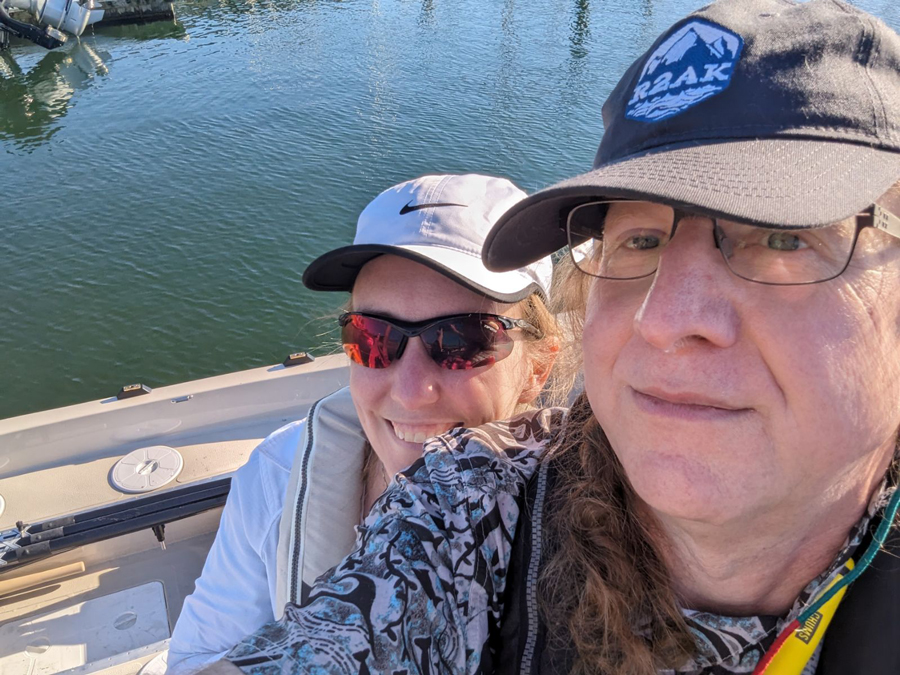
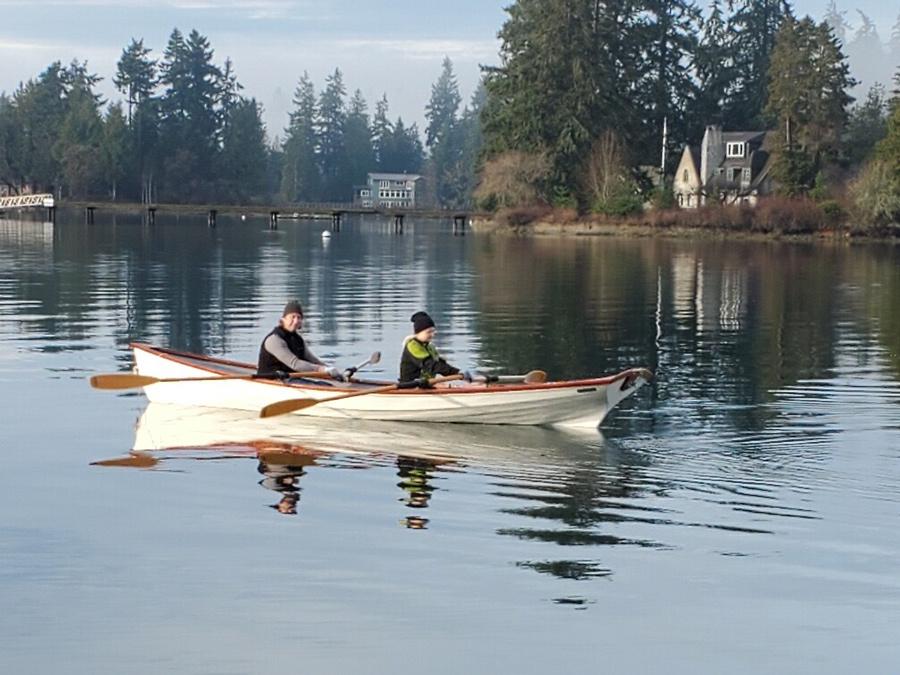
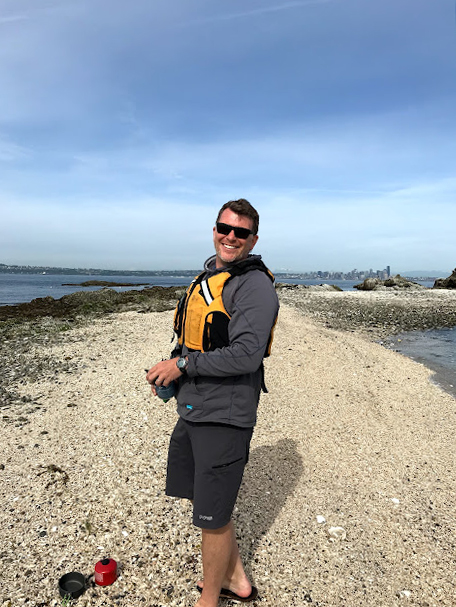
Team Pale Valley Rowers — led by Duncan White — quickly caught our attention. Not only were they making great, consistent headway, it turns out we knew all three of the rowers on their crew. We of course knew Duncan and his brother Baird since they came to us a couple years ago to order a Salish Voyager. But we also knew their third rower Dylan LeValley, who was on the original OAR Northwest team that rowed across the Atlantic on our rowing seats way back in 2006, setting a world record. (And putting Gig Harbor Boat Works on the map for our sliding rowing seats.)
Really smart move taking a crew of three rather than just two so they could trade off and rest along the way when needed, and I’m sure Dylan’s experience in that department was a factor. This crew had a ringer!
Pale Valley Rowers went Seventy Miles in UNDER 24 HOURS
The race started on Friday evening, and when we woke up on Saturday and checked the tracker we saw they had rowed through the night and were already at the north end of Bainbridge island! These guys were IN IT.
We were hitting “refresh” all day long and in awe that they were holding a steady 3.5 knots for pretty much the entire way. They crossed the finish line at 3:53 pm, completing the course in 20 hours, 53 minutes. Good enough to land in 11th place in the “Facing backwards” (rowboat) category, and 27th overall out of 128 teams that left the starting line (81 of whom finished).
That’s a pretty impressive performance, and good on them for keeping up with all the long skinny rowing shells and wherries that usually run away with the rowboat category. The wider, more comfortable rowboats like ours are more likely to finish late Saturday night or Sunday morning, if they finish at all.
Plus, all of the rowboats that finished ahead of Team Pale Valley Rowers were designed strictly as rowboats (or have an optional tiny supplemental sail). Seventy48 doesn’t permit sails to be used in this race, but the Salish Voyager was designed to sail as well as row, which inherently makes it a bit slower rowing than a pure rowboat would be. Come to think of it, I don’t think I’ve ever seen a boat that was designed for sailing finish this strongly in the Seventy48.
We’re always telling folks that the Salish Voyager rows as well as it sails, and this is proof positive of that being a fact! Right boat + right crew = a job well done.
We reached out to Duncan afterward to offer our congratulations, and ask for his perspectives on how it went (once he caught up on his sleep!).
Here are a few of Duncan White’s initial thoughts about the race.
“I have so many thoughts and I’m so proud of the way we performed in the boat ….”
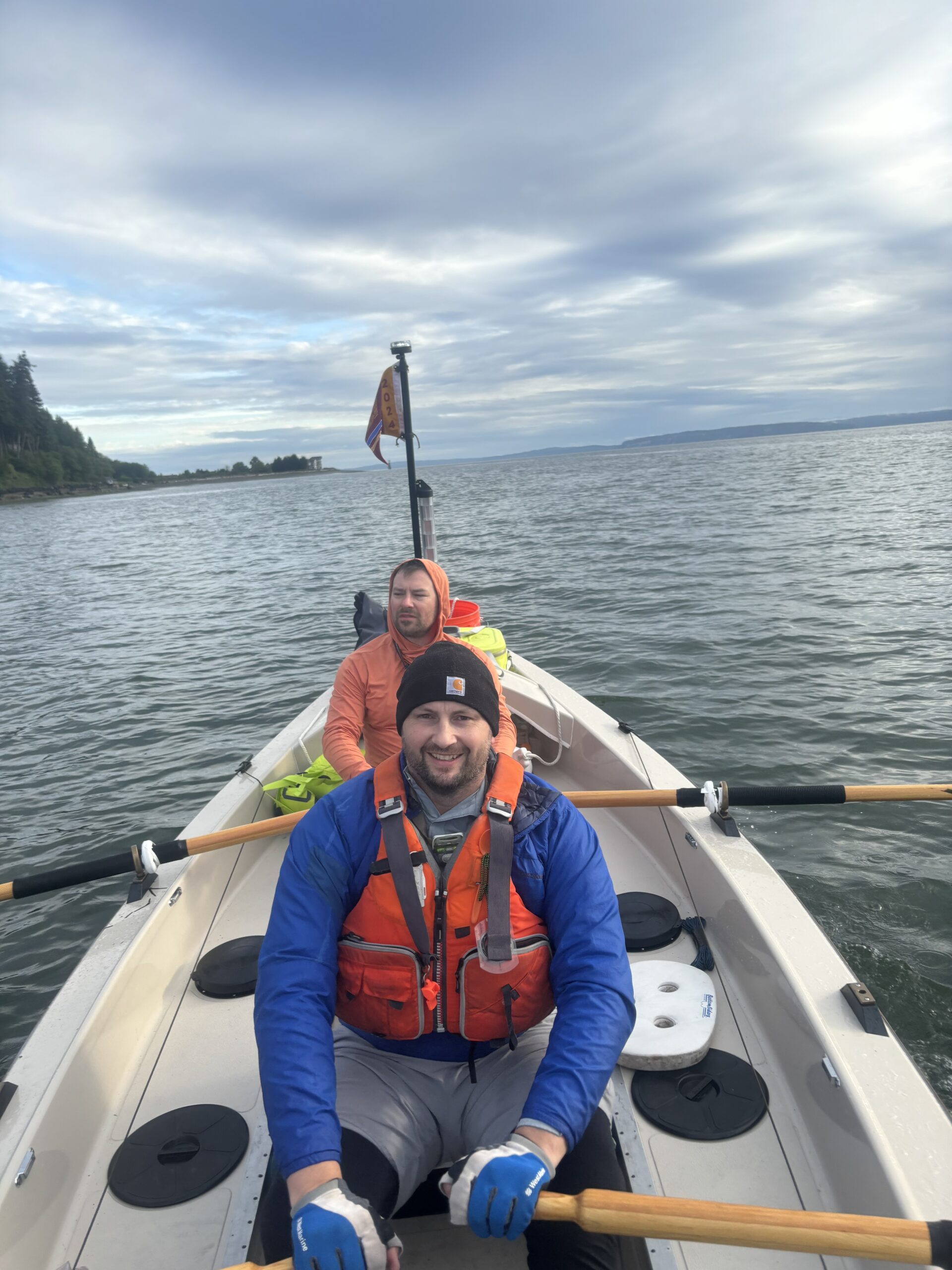
“We initially got the boat with the hope of doing this specific event and I’d say it was a huge success! We had the storage filled up with our snacks and water that we did use and a lot of camping and clothing supplies that weren’t ultimately necessary because we rowed through the night. We also used the mast collar for our all around light with some pvc-foam-duct-tape magic. (See the design below). Rowing at night was a surreal experience with all those boats out there and a little bit of bioluminescence. It wasn’t the clearest night and the moon wasn’t out so I guess we will have to try a night row again with the boat on our own or at a future Seventy48.
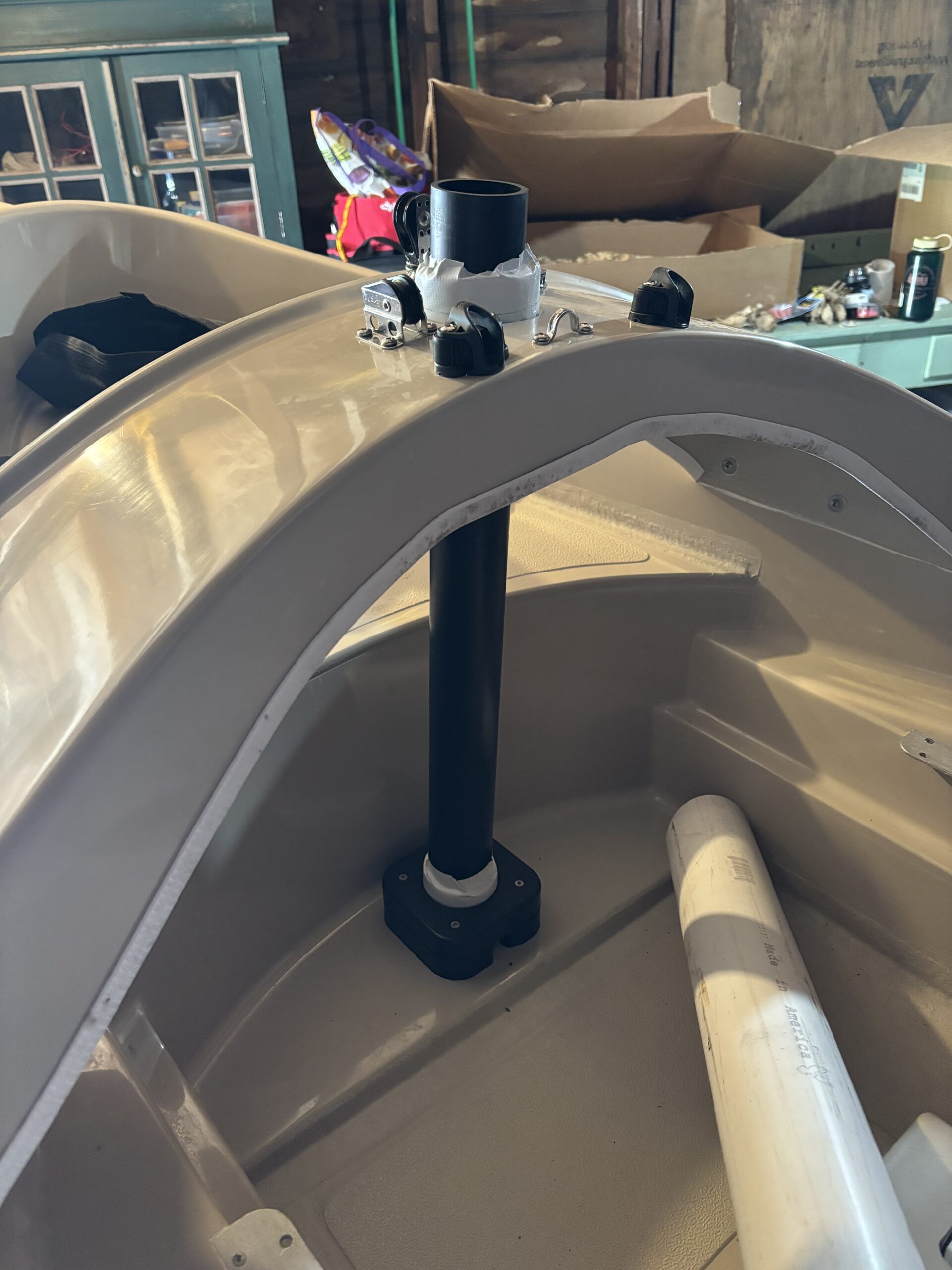
“The boat is really steady in the water. Most of the boats in front of us were built for speed. Our boat feels comfortable with 3 large guys and gives us space to move around. That means we could fuel up with hydration and snacks in the resting seat and not have to stop. The only adjustment I think we need to add something that helps us detect current, boat speed, and wind strength better since we did get in a tough spot around Bainbridge and just north of Hood canal.

“Our goal was to finish at some point so doing it in under 24 hours was such an amazing feeling. Dylan is an incredibly strong rower and so is my brother Baird, who is a co-owner of the boat. I’m less experienced rowing and I could have trained a bit more, But I’ve got a 3 month old and a 2 year old at home so I’ll use that as my excuse.
“We got a lot of compliments at the starting line and had a chat with another GH boat owner. They had just bought the boat used in March and were getting the hang of it. I’m not positive how they ended up doing.
“Thanks for reaching out!”
– Duncan White
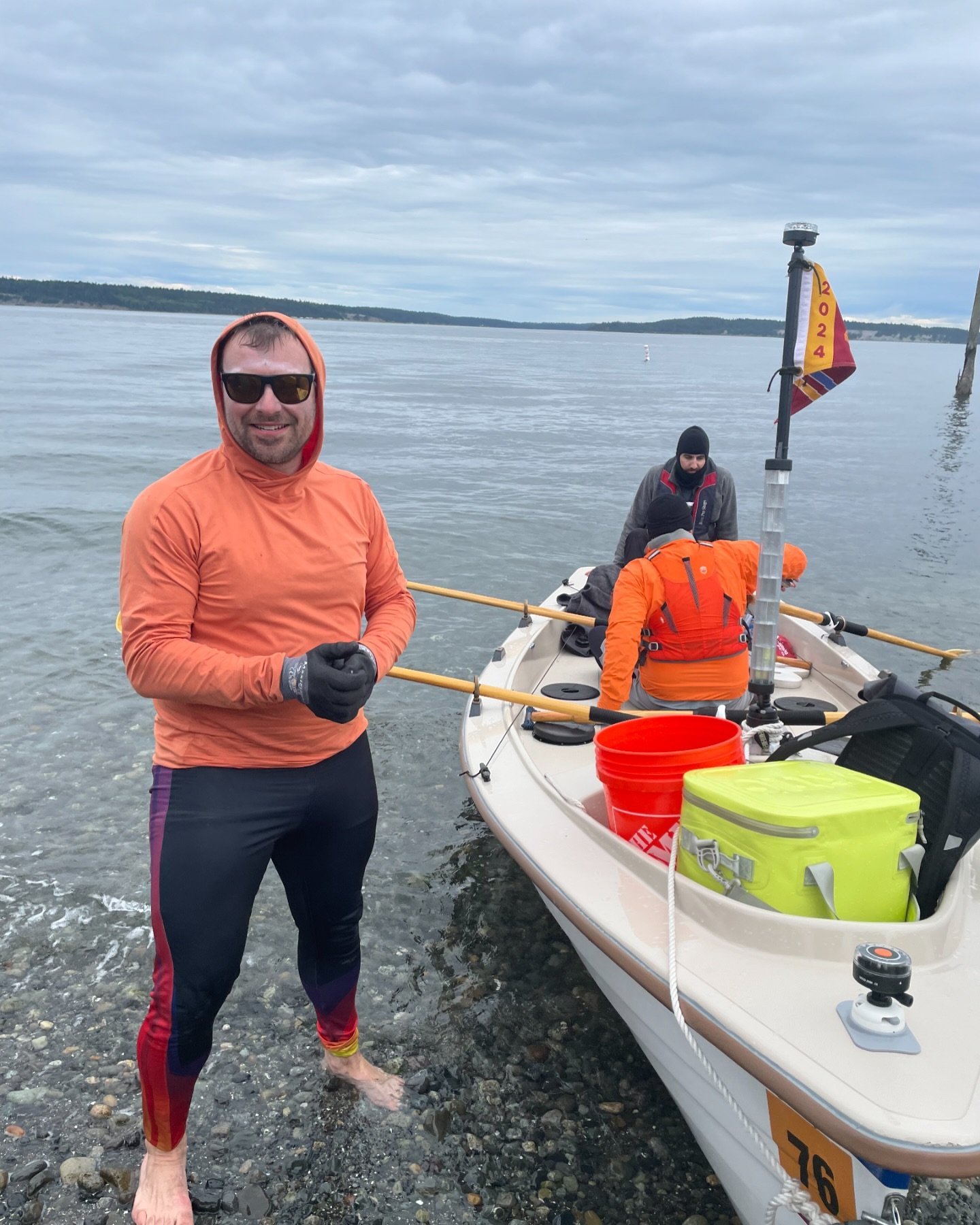
Team Pale Valley at the Finish Line in Port Townsend
Honorable Mention: Team Mor Row
Maybe this is the team that Duncan met? We haven’t had a chance to catch up with Team Mor Row, but this is them at the finish line in their 16′ Melonseed, coming in at 5:43 am on Sunday morning! (Team Mor Row if you’re seeing this, well done! Give us a shout, we’ve got some congratulatory swag to send you. 😉)

Congratulations to all the racers who gave this a shot, even if this wasn’t your year. Having the courage to accept the challenge is worth applause in its own right. Here’s to all the explorers out there, the upcoming R2AK racers launching tomorrow morning, and those future rowers who never even knew they wanted to do something like this until they read this post just now. The adventure continues!
